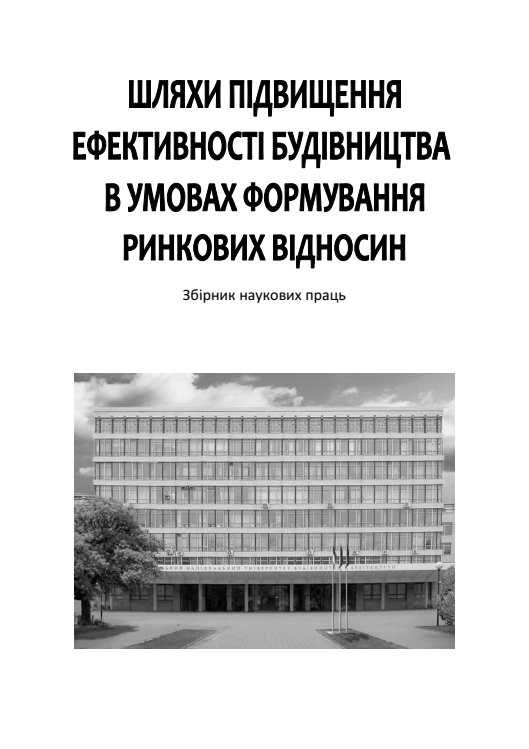Прогнозування неплатоспроможності малого будівельного підприємства за допомогою дискримінантного аналізу
DOI:
https://doi.org/10.32347/2707-501x.2012.26.99-107Keywords:
insolvency, tests on forecasting bankruptcy of enterprises, construction enterprises, small construction enterprises, forecasting the crisis.Abstract
Application of discriminant analysis helped identify the key factors that can help you with a high degree of probability to predict the problems of finance of small construction company. An appropriate model.
References
Закон України "Про внесення змін до Закону України "Про відновлення платоспроможності боржника або визнання його банкрутом"" [Електронний ресурс] – режим доступу до ресурсу: http://zakon.rada.gov.ua/cgibin/laws/main.cgi?nreg=537-16.
Филатов В. А. Ликвидация предприятий (банкротство). Количество субъектов увеличивается! [Електронний ресурс] – режим доступу до ресурсу: http://likvidator.kiev.ua/archives/142
Семенчук Е.Л. Використання дискримінантного аналізу у сфері судноплавства[Електронний ресурс] – режим доступу до ресурсу: http://www.s-tech.com.ua/
Downloads
How to Cite
Issue
Section
License
Copyright (c) 2020 Ю. В. Антропов

This work is licensed under a Creative Commons Attribution 4.0 International License.
Authors who publish with this journal agree to the following terms:
- Authors retain copyright and grant the journal right of first publication with the work simultaneously licensed under a Creative Commons Attribution License that allows others to share the work with an acknowledgement of the work's authorship and initial publication in this journal.
- Authors are able to enter into separate, additional contractual arrangements for the non-exclusive distribution of the journal's published version of the work (e.g., post it to an institutional repository or publish it in a book), with an acknowledgement of its initial publication in this journal.
- Authors are permitted and encouraged to post their work online (e.g., in institutional repositories or on their website) prior to and during the submission process, as it can lead to productive exchanges, as well as earlier and greater citation of published work (See The Effect of Open Access).

